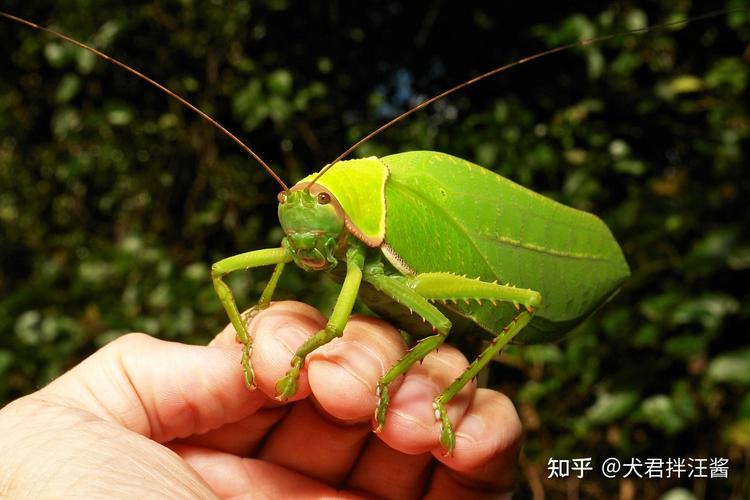
Understanding Bug Bite Images: A Detailed Guide
Bug bites can be a common occurrence, especially during the warmer months when insects are most active. Recognizing and understanding bug bite images is crucial for identifying the type of insect responsible and determining the appropriate course of action. In this article, we will delve into the various aspects of bug bite images, providing you with a comprehensive guide to help you identify and manage these bites effectively.
Identifying the Insect
One of the first steps in dealing with bug bites is to identify the insect responsible. This can be done by examining the bite marks and comparing them to known insect bites. Here are some common insects and their distinctive bite patterns:
| Insect | Bite Pattern | Common Symptoms |
|---|---|---|
| Mosquito | Small, red, itchy bump with a central dot | Itching, swelling, redness |
| Bed Bug | Small, red, itchy bump with a slight indentation in the center | Itching, redness, welts |
| Spider | Large, red, itchy bump with a central bite mark | Severe pain, swelling, redness |
| Beetle | Large, red, itchy bump with multiple bite marks | Itching, redness, swelling |
By comparing the bite pattern to the information provided in the table, you can narrow down the possible culprits and take appropriate measures to prevent future bites.
Understanding the Symptoms
Once you have identified the insect responsible for the bite, it’s important to understand the symptoms that may arise. While some bites may be mild and resolve on their own, others can cause more severe reactions. Here are some common symptoms associated with bug bites:
-
Itching: This is the most common symptom of bug bites. The itching can be mild or severe, depending on the individual’s sensitivity and the type of insect.
-
Swelling: Bug bites can cause localized swelling around the bite area. This can be mild or more pronounced, depending on the severity of the bite.

-
Redness: Inflammation often causes the skin around the bite to become red and inflamed.
-
Pain: Some bites, particularly those caused by spiders or beetles, can be quite painful.
-
Welts: In some cases, bug bites can cause raised, firm lumps known as welts.
It’s important to monitor the symptoms and seek medical attention if they worsen or if you experience any of the following:
-
Severe pain or swelling
-
Difficulty breathing
-
Severe itching or redness that spreads beyond the bite area
-
Fever or chills
Preventing Bug Bites
Preventing bug bites is always preferable to dealing with them after the fact. Here are some tips to help you avoid these pesky pests:
-
Wear long-sleeved shirts and pants when outdoors, especially during dawn and dusk when insects are most active.
-
Use insect repellents containing DEET, picaridin, or oil of lemon eucalyptus.
-
Keep your home and yard free of standing water, as this attracts mosquitoes.
-
Seal any cracks or crevices in your home where insects might enter.
-
Check your bed for signs of bed bugs, such as small, reddish-brown fecal spots or shed skin.





